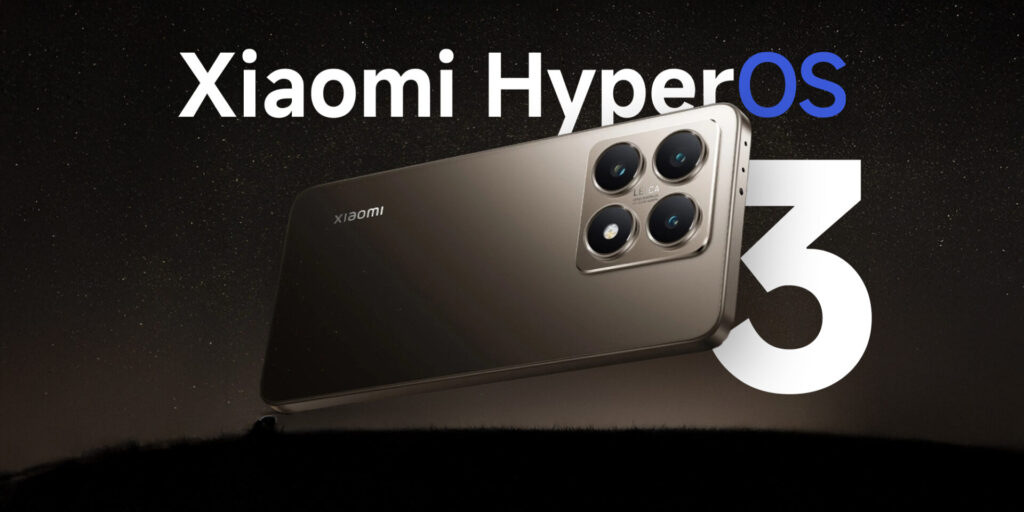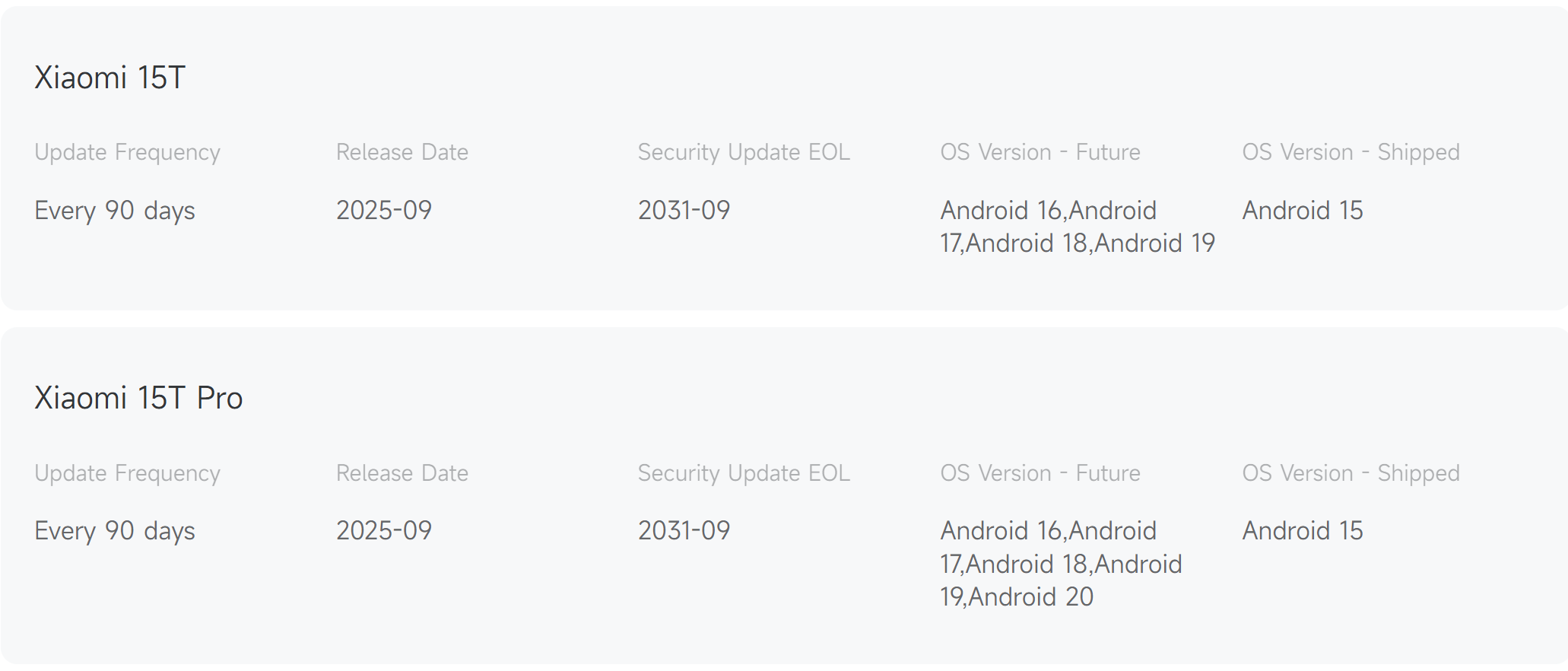Xiaomi has just launched the Xiaomi 15T , and surprisingly, it ships with Android 15 instead of the newly released Android 16. The firm claims that this device will receive five major Android updates , completing its cycle with Android 20 . According to Xiaomi, this is in line with its expanded software commitment under HyperOS . But is this a genuine five-year update cycle, or just a strategic interpretation? Learn more about Xiaomi’s update policies and how they compare to support for previous flagships.
Xiaomi’s strategy: A smart technical move
By launching the Xiaomi 15T with Android 15, Xiaomi is positioning the phone to receive Android 16 as its initial major update. From a marketing perspective, this allows the company to technically maintain its promise of five update versions while also streamlining development time to integrate HyperOS. This isn’t a new tactic: multiple brands employ similar tactics to align release cycles with the annual Android update cycle.
But this option raises a fair question: does being one version behind decrease the practical support lifespan for users?
Do they still count as «five years»?
Although Xiaomi promises five Android versions and six years of security patches , the timer effectively starts earlier than when the release software isn’t a newer version of Android. That is, the support period is identical , but the perceived value is lower because customers miss out on the latest version of Android from day one.
Still, Xiaomi’s track record of maintaining flagship support is solid. Recent devices like the Xiaomi 11 series and the Redmi K50 Ultra have received consistent monthly patches via HyperOS , ensuring security and stability throughout the device’s lifecycle.
Real impact on users
In practice, few consumers actually use their smartphones for the full five-year lifespan. Most upgrade within three or four years , meaning Xiaomi’s update plan still comfortably covers the average user’s lifespan. The company’s transparent commitment to HyperOS continuity also helps maintain feature consistency across generations.
In terms of long-term credibility, Xiaomi’s software division has shown notable improvement, especially since the global launch of HyperOS 2.0 , which saw the company unify system development for phones, tablets, and IoT devices.
While Xiaomi’s «five years of updates» claim may sound a bit exaggerated from a technical perspective, it’s still one of the most competitive support promises in the Android ecosystem . For most users, this strategy guarantees continued reliability, improved performance, and access to future HyperOS innovations , although the math behind it is somewhat debated.


 Emir Bardakçı
Emir Bardakçı



no pues tengo un retmi 13 y ni un año sin unos falsos y ya no compraré más en mi vida un Xiaomi
Xiaomi no cumple lo que promete porque el POCO C65 le queda un año de actualización y ahora salen con que no va a recibir ni Android 16 ni Hyperos3 son una mierda no cumplen